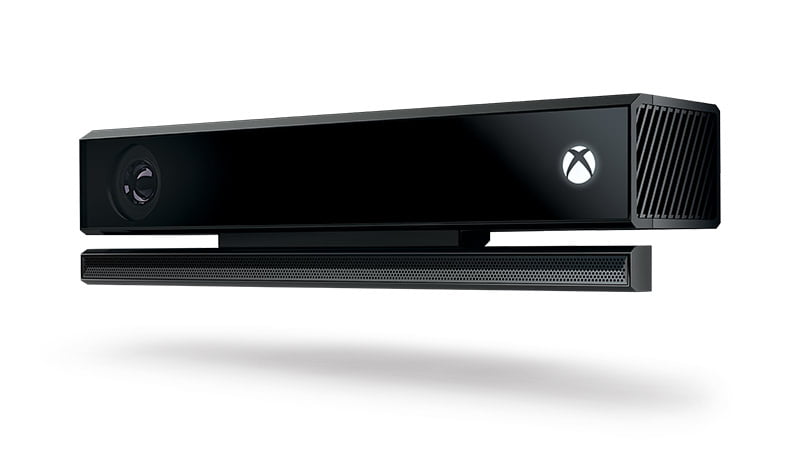

Microsoft’s Kinect which debuted on the Xbox 360 is dead. Production of the motion-sensing depth camera and microphone accessory has ended.
According to an interview with Kinect creator Alex Kipman and General Manager of Xbox Devices Marketing, Matthew Lapsen, Microsoft will no longer be producing Kinect and will continue to support it for customers on Xbox One.
“Trust is something you earn in drops and lose in buckets,” said Kipman in conversation with Fast Co Design, alluding to industry-wide concern over consumer privacy when the Xbox One launched with Kinect back in 2013. “I’d say Kinect started the process in 2010 in having to earn drops of trust. Any number of [bad] events in the world, each one, you lose a bucket.”
Considering the PS4 is handily beating the Xbox One in terms of sales and the target demographic demanded extra horsepower (leading to the Xbox One X) over new methods of interactivity, Microsoft’s final stab at Kinect was just a matter of time. More so when you consider than neither the Xbox One Sor Xbox One X have ports for the Kinect, requiring users to spend for an additional accessory to use it.
“When we introduced Xbox One, we designed it to have the best experience with the Kinect. That was our goal with the Xbox One launch,” says Lapsen. “And like all product launches, you monitor that over time, you learn and adjust.”
Nonetheless, Kinect has sold over 35 million units since its 2010 debut. Fast Co Design reports that the tech used in Kinect – particularly its sensor – will power Microsoft’s augmented reality HoloLens that Kipman also created and the team behind it have gone on to work on Microsoft technologies such as Cortana, Windows Hello, and a user interface for the future that the company calls Gaze, Gesture, and Voice (GGV).
[“Source-gadgets.ndtv”]
